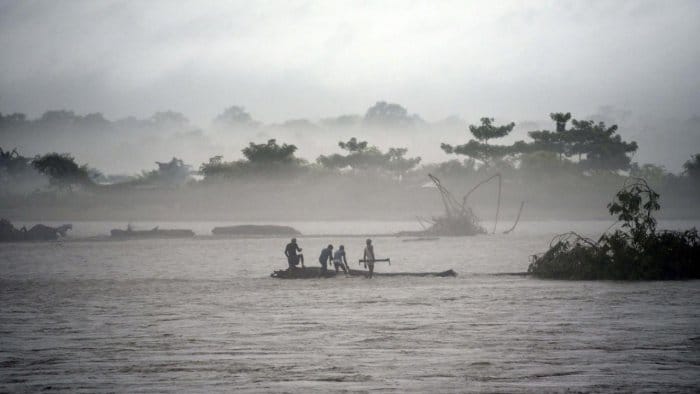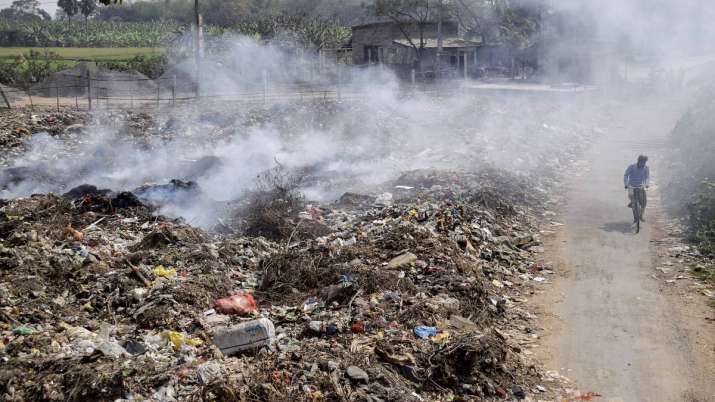A recent study conducted by the Indian Institute of Science, Bangalore, in collaboration with IIT, Mandi, and IIT, Guwahati has suggested that 100 districts located in the Eastern region of India are most susceptible to suffer from the impact of climate change. The study was funded by the Department of Science and Technology (DST).
The end product of the important meet, a report titled, ‘Climate Vulnerability Assessment for Adaptation Planning in India Using a Common Framework’ has been made accessible online.
A total of 94 representatives from 24 states and 2 Union Territories participated in the nationwide exercise jointly supported by the DST and the Swiss Agency for Development & Cooperation (SDC), reported the Press Release of the DST.

A statement by the DST said, “All 612 districts in India studied are vulnerable to climate change, but there are 100 districts mostly on eastern parts of the country which are most vulnerable as per a vulnerability assessment study carried out by IISc, Bangalore along with IIT Mandi and IIT Guwahati and supported by the Department of Science and Technology.”
Akhilesh Gupta, senior adviser and head of the Policy Coordination and Programme Management (PCPM) Division of the Department of Science and Technology, and a climate change expert also spoke supporting the report, Jharkhand, Mizoram, Odisha, Chattisgarh, Assam, Bihar, Arunachal Pradesh, and West Bengal, all in eastern India, are speculated to be in a more vulnerable position, he said.

Gupta further highlighted the concerns that have been asserted by the Intergovernmental Panel on Climate Change (IPCC) again this year in its report. Global temperatures have already crossed the axis of 1.1 degrees Celsius above the pre-industrial levels and are soon going to cross the bar of 1.5 degrees Celsius in the coming two decades.
Global warming would also cause a serious menace to India in the coming years as the severity, frequency, and intensity of the heatwaves are only expected to increase.
“Next two decades are going to be very crucial. IPCC’s working group report gives stark warnings for global climate impacts. The two-degree rise in global temperatures may come earlier than expected. It may have a huge impact on India, especially on agriculture, health, and water security. India is confronted with a challenge of addressing such impacts,” added Mr. Gupta.
Talking about the status of rains, Gupta said Monsoon may become more erratic. The frequency of droughts and floods may also increase. The sea levels might rise more in the Indian seas as already in the last two decades, it has risen substantially, reported The New Indian Express.
Moreover, there could also be a rise of Tropical cyclones.

Gupta also talked about the program organized by the National Institute of Disaster Management (NIDM), Ministry of Home Affairs, and DST in collaboration with Deutsche Gesellschaft für Internationale Zusammenarbeit (GIZ) GmbH which suggests that “with the increase of carbon dioxide content in the oceans, the seawater may become more acidic.”
Maj Gen M K Bindal, Executive Director, NIDM, MHA warned that the danger mark has been reached, rapid access to information is needed to protect lives and livelihood, and the use of science, technology, and innovation (STI) is key to fight climate change problems.

Professor Ashutosh Sharma, Secretary Department of Science and Technology said, “We have seen how extreme events are on the rise both in terms of their number and severity. Mapping the parts of India that are vulnerable to such changes will help to initiate climate actions at the ground level.
The report should be made easily accessible to all stakeholders so that it can benefit climate-vulnerable communities across India through the development of better-designed climate change adaptation projects.”
















